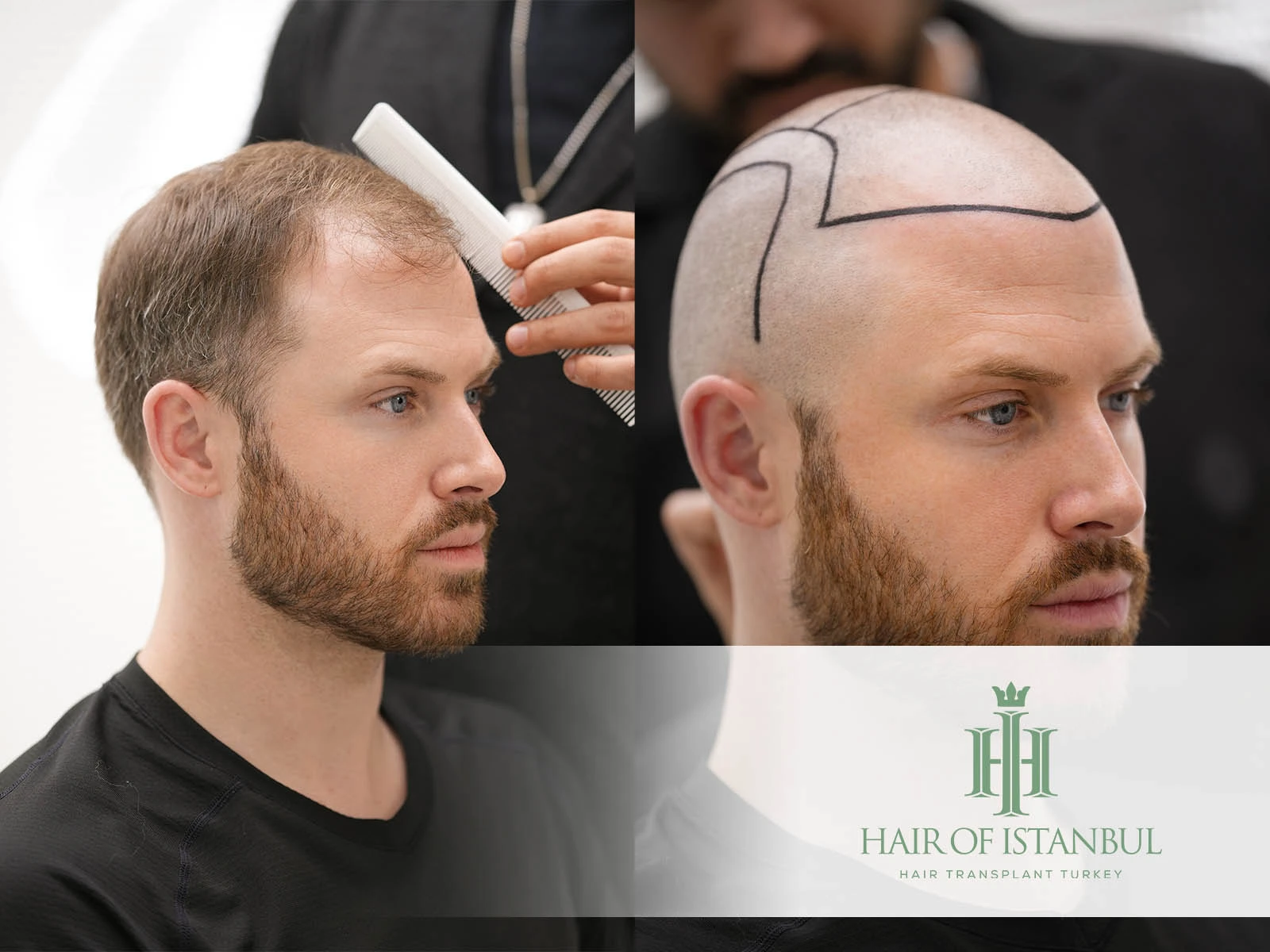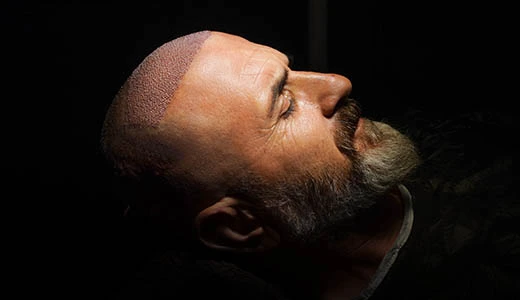
Hair Transplant: The Ultimate Guide to Natural Hair Restoration
Hair loss is a common concern that affects millions of people worldwide. Whether it’s due to genetics, aging, or other factors, thinning hair can significantly impact one’s self-esteem and confidence. Fortunately, hair transplant procedures have revolutionized the way we restore hair, offering a permanent and natural-looking solution. In this guide, we’ll explore everything you need to know about hair transplant, including the techniques, costs, recovery process, and what to expect from the procedure.
What Is a Hair Transplant?
A hair transplant is a surgical procedure that involves taking hair follicles from one part of the body (typically from the back or sides of the scalp) and transplanting them to a thinning or bald area. This process is commonly used to treat male pattern baldness, female hair loss, and other hair thinning conditions.
Unlike other temporary hair loss solutions, such as wigs or hairpieces, a hair transplant offers a permanent solution. The transplanted hair grows naturally, just like the hair in the donor area, and can last a lifetime with proper care.
Why Choose a Hair Transplant?
There are several reasons why people opt for a hair transplant . The most common reasons include:
-
Permanent solution: Once transplanted, the hair follicles continue to grow for years, unlike other treatments like medications or topical solutions that only provide temporary results.
-
Natural results: Modern hair transplant techniques ensure that the transplanted hair blends seamlessly with existing hair for a natural look.
-
Increased confidence: A fuller head of hair can significantly boost self-esteem and improve one’s appearance, making a person look younger and more vibrant.
Common Hair Transplant Techniques
There are several different hair transplant techniques available, each with its benefits and drawbacks. Here are the most commonly used methods:
1. Follicular Unit Extraction (FUE)
FUE is one of the most popular hair transplant techniques. It involves the extraction of individual hair follicles from the donor area, typically at the back of the head. These follicles are then transplanted into the thinning or balding areas. The main advantage of FUE is that it leaves no visible linear scarring, and the recovery time is relatively quick.
2. Follicular Unit Transplantation (FUT)
FUT is an older method, often referred to as the “strip method.” In this technique, a strip of skin containing hair follicles is removed from the donor area and dissected into individual follicular units before being transplanted to the recipient area. While FUT typically offers more follicles to transplant, it does leave a linear scar on the donor area. However, this scar is generally easy to hide with longer hair.
3. Direct Hair Implantation (DHI)
DHI is a more advanced version of the FUE technique. It uses a special tool called a Choi Implanter Pen to directly implant hair follicles into the scalp without the need for incisions or sutures. This method allows for better control of the angle and density of the hair, which results in a more natural-looking hairline. DHI also reduces the risk of trauma to the transplanted follicles, resulting in better graft survival rates.
4. Sapphire FUE
Sapphire FUE is a variant of the traditional FUE method, where sapphire blades are used for the incision process. The use of sapphire blades leads to smaller, cleaner incisions and a faster recovery time compared to standard FUE. This technique is particularly beneficial for patients looking for a precise and natural hairline.
Who Is a Good Candidate for a Hair Transplant?
Not everyone is a suitable candidate for a hair transplant. To determine if you’re a good candidate for the procedure, consider the following factors:
-
Sufficient donor hair: You need to have enough healthy hair on the donor area (usually the back of the head) to be able to transplant follicles into the thinning or bald areas.
-
Stable hair loss: If your hair loss is still progressing rapidly, you may need to wait until the hair loss stabilizes before considering a transplant.
-
Realistic expectations: While a hair transplant can provide excellent results, it’s important to have realistic expectations. A full head of hair may not be achievable for everyone, but a significant improvement can often be expected.
If you meet these criteria, a hair transplant could be an effective solution for your hair restoration needs.
What to Expect During the Hair Transplant Procedure
A hair transplant procedure typically takes several hours, depending on the size of the area being treated and the technique used. Here’s what to expect during the procedure:
-
Consultation and planning: During the initial consultation, the surgeon will assess your hair and scalp, discuss your goals, and determine the best approach for your hair transplant .
-
Anesthesia: Local anesthesia is administered to numb the scalp, so you won’t feel any pain during the procedure.
-
Hair follicle extraction: Depending on the technique, the surgeon will either extract individual follicles (FUE) or a strip of scalp (FUT).
-
Implantation: The extracted follicles are carefully implanted into the recipient area using precision tools. The surgeon will take care to ensure that the new hairline looks natural and blends seamlessly with the existing hair.
-
Post-surgery care: After the procedure, you will be given instructions on how to care for your scalp to promote healing and maximize the success of the hair transplant.
Hair Transplant Recovery Process
The recovery process after a hair transplant varies from person to person. However, most patients can expect the following:
-
First few days: There may be some swelling, redness, and scabbing around the transplanted area. These symptoms typically subside within a few days.
-
1-2 weeks: The transplanted hairs will fall out during this time, which is completely normal. This is known as “shock loss” and is a temporary phase.
-
1-3 months: New hair growth will start to appear, although the hair may initially be thin and soft.
-
6-12 months: Full results of the hair transplant will become visible, with thicker, fuller hair growing in the treated areas.
It’s important to follow the aftercare instructions provided by your surgeon to ensure proper healing and the best possible results.
Bu gönderiyi Instagram’da gör
The Cost of a Hair Transplant
The cost of a hair transplant can vary widely depending on factors such as the technique used, the number of grafts required, and the clinic’s location. On average, hair transplant procedures can cost anywhere from $3,000 to $15,000 or more. It’s important to choose a reputable clinic and surgeon to ensure you get the best value for your investment.
Risks and Considerations
While hair transplant procedures are generally safe, there are some risks and potential side effects to be aware of:
-
Infection: Although rare, infections can occur after a hair transplant. It’s essential to follow post-surgery instructions to minimize this risk.
-
Scarring: Some scarring may occur, particularly with the FUT method. However, the scars are typically well-hidden and fade over time.
-
Uneven results: In some cases, the transplanted hair may not grow evenly or as expected. This is why it’s important to have realistic expectations and work with an experienced surgeon.
Final Thoughts on Hair Transplants
A hair transplant is an excellent option for those looking to restore their hair and confidence. Whether you’re dealing with male pattern baldness, female hair thinning, or other hair loss conditions, a hair transplant can provide permanent, natural-looking results. By choosing the right technique and clinic, you can achieve the hairline of your dreams and enjoy a fuller, more youthful appearance for years to come.
If you’re considering a hair transplant , consult with a qualified surgeon to discuss your options and determine if this procedure is right for you. With the right preparation and care, you’ll be on your way to a successful hair restoration journey.
 en
en TR
TR  SK
SK  ITA
ITA  FR
FR  DE
DE  ES
ES  BG
BG 